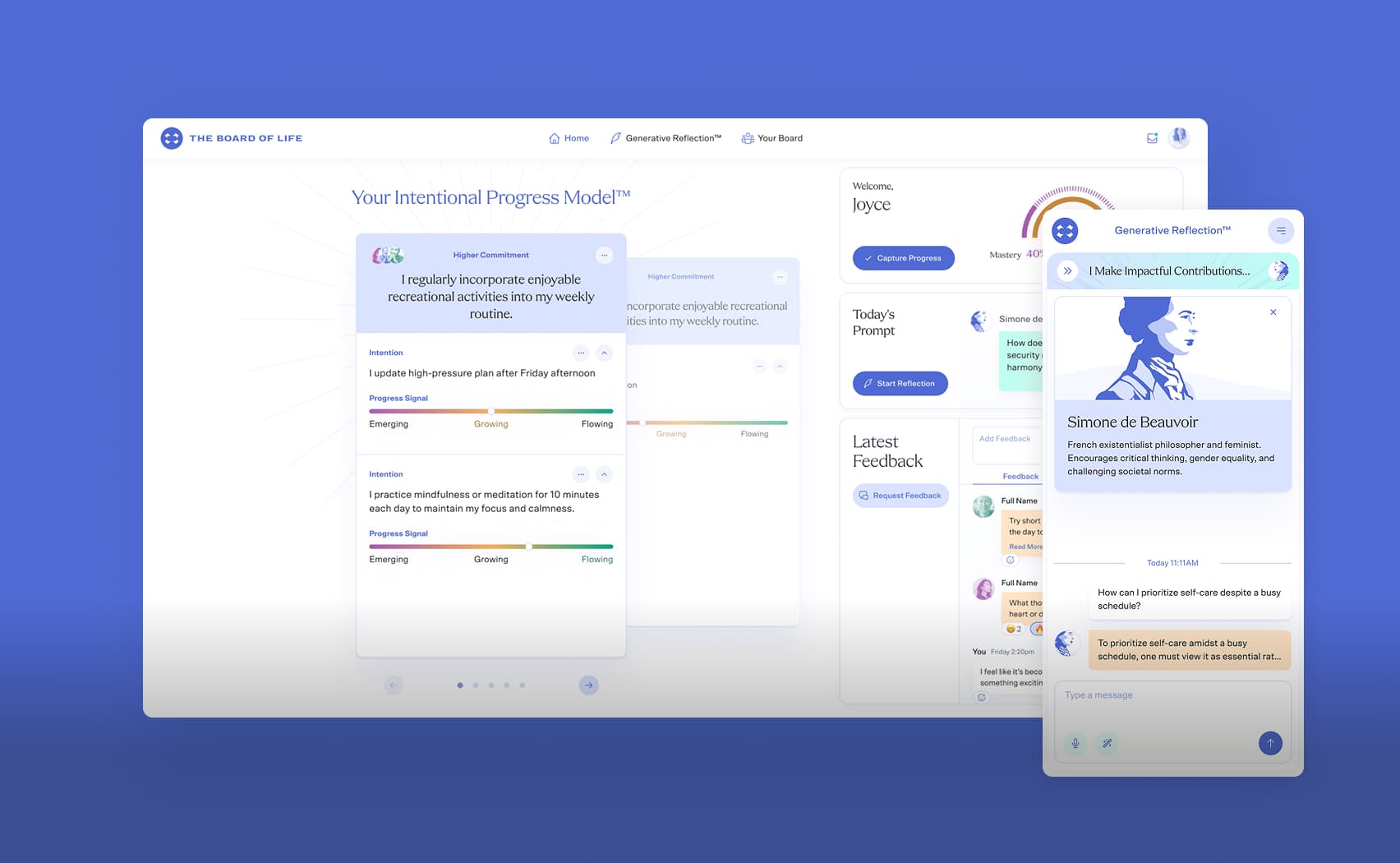Financial Transparency in Tech
In an increasingly connected world, financial transparency is becoming more and more important. Employees and stakeholders need to know the financials of their own companies in order to play a more active role in their development.
With rising interest rates and the toughest market in over a decade, tech firms in particular can benefit from improving their level of financial transparency. The collapse of several banks earlier this year illustrates this fact. Greater internal awareness could have mitigated its effects, and startups with greater financial transparency might have addressed their exposure to the collapse sooner.
Ultimately, financial transparency should be thought of as a strategic asset. Being upfront about your finances has concrete positive impacts on real business outcomes, such as attracting and retaining workers, reducing employee stress, and promoting trust.
Here’s what I will talk about in this article:
- What Financial Transparency Does and Does Not Mean
- Pros and Cons of Financial Transparency
- Factors Affecting Financial Transparency
What Financial Transparency Does and Does Not Mean
Financial transparency is the voluntary sharing and disclosure of a company’s financial information to employees and investors. This includes audited financial reports, bank fees and interest rates, and the prices charged to clients.
There are different levels of financial transparency, just as there are different kinds of financial information to share. In practice, most firms don’t offer 100% financial transparency. Information like individual salaries and benefits are usually not shared for reasons of personal privacy.
Additionally, the industry and type of the company makes a difference as to the type of information shared. Early stage tech startups are defined by financial factors like burn ratios, investment amounts, and interest rates. Established tech companies are more likely to emphasize information about revenues and profits. But in more physical industries, for example textiles, financial information would place a greater emphasis on raw material costs like yarn.Pros and Cons of Financial Transparency
Like anything else, financial transparency has its pluses and minuses. But in the majority of cases, the pros far outweigh the cons.
Advantages
Financial transparency gives employees a greater sense of ownership over their organization. It means that they are trusted with important information and are capable of forming judgments about the financial activities of their company.
Financial transparency also supplies improved decision making and company alignment. When employees are fully informed, they can make effective decisions that act in the company’s best interest throughout the entire hierarchy.
Financial transparency can help attract top talent. Advertising your financial transparency policy can make your firm seem more desirable in the eyes of prospective employees who may see company policy as a deciding factor in their decision.
Financial transparency can reduce stress for employees. This is a documented phenomenon, and comes from the fact that employees feel greater job security when they know how their company is doing financially.
Most importantly, financial transparency creates trust between everyone involved. Trust is a hard to come by asset, as it cannot be bought, yet it provides the basis for everything an organization does.
Disadvantages
The disadvantages of financial transparency have more to do with the pitfalls of dealing with information in general, rather than with finance itself.
More financial transparency means more processing of information. Synthesizing and analyzing data takes time and effort, even in the digital age. But it’s worth keeping in mind that this was a more significant factor not too far in the past, and is probably responsible for a certain amount of unnecessary cultural attachment ever since. Many firms that were unable to handle this quantity of information for 30 years could do so easily today.
As with any kind of important information, financial information can be easily misinterpreted. This is why it’s important to have good communications with and between your employees. Answer any questions and hold meetings to explain the significance of any particular financial metric.
Factors affecting Financial Transparency
Financial transparency can have different implications for your organization, depending on factors such as size, age, and industry.
Startups and small businesses will have a different relationship with financial transparency than a large corporation will have. They will have much less data to analyze and communicate, but also fewer resources to do the analyzing and communicating.
Financial transparency will also have varying impacts on employees. For a firm with a large number of short-term or seasonal employees, those employees might not particularly care what’s going on with the company’s finances. But for firms that tend to employ loyal, long term workers, financial transparency can go a long way in establishing a sense of trust and presence within the organization.
Conclusion: Financial Transparency at JetRockets
JetRockets is currently in the process of reforming and expanding its financial transparency process. We aim to make all of our numbers available to all of our employees, except for individual salary data.
We are making this transition for all of the reasons mentioned above: better company alignment, lower stress for employees, a greater stake and sense of ownership in the country, and more.
Just like when we became a Teal organization in 2020, the shift to greater financial transparency is part of our commitment to our value of continuous improvement. By continuously improving our core operations, we create a better workplace for our employees and produce better outcomes for our clients.



